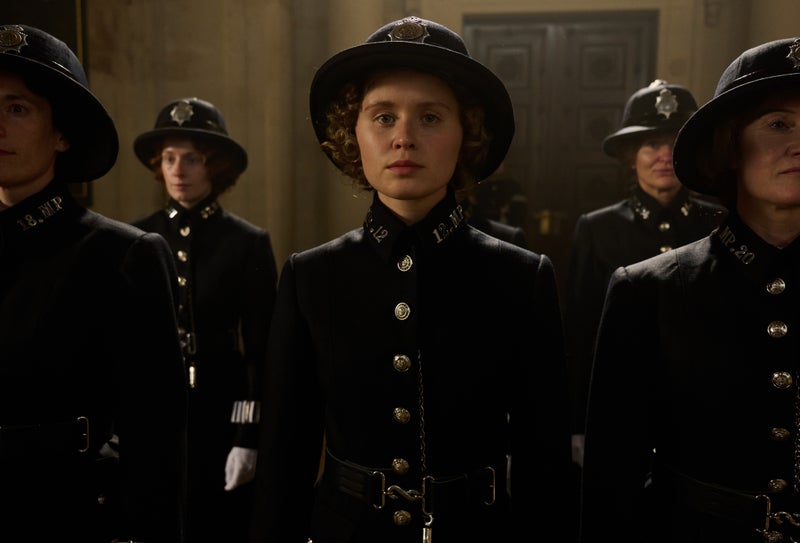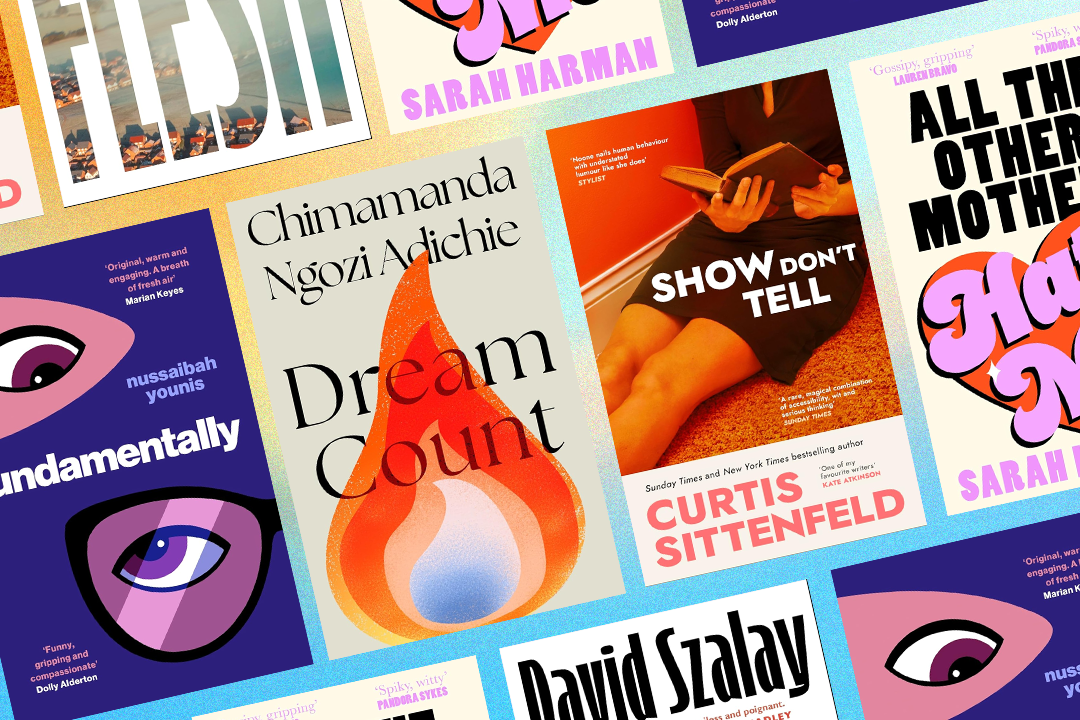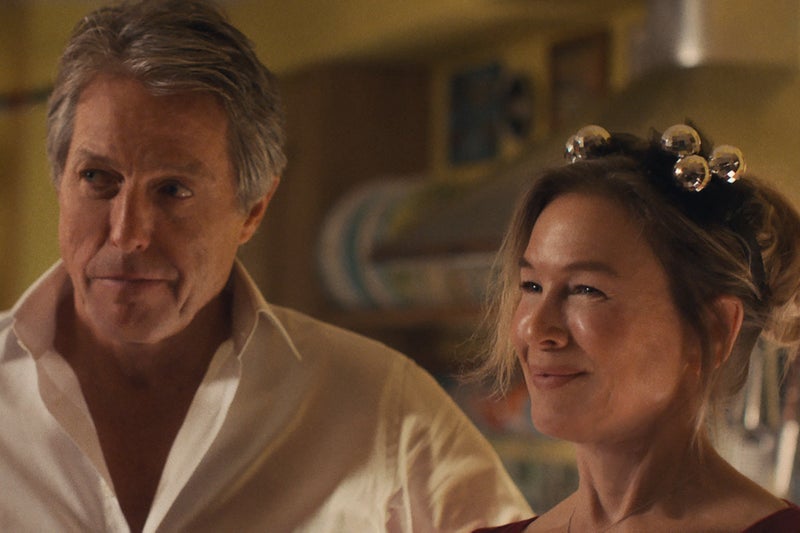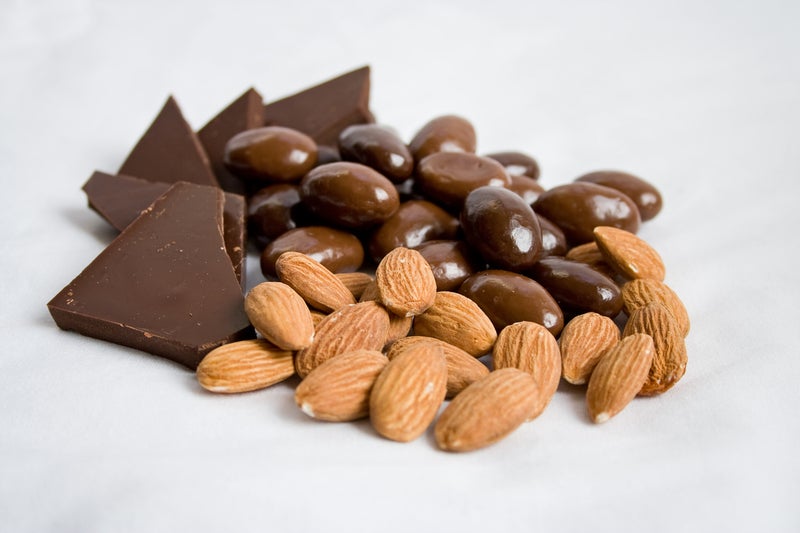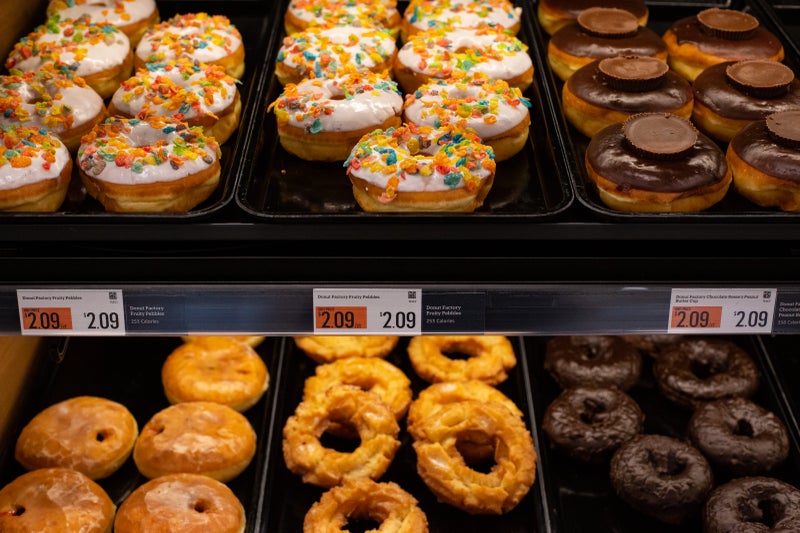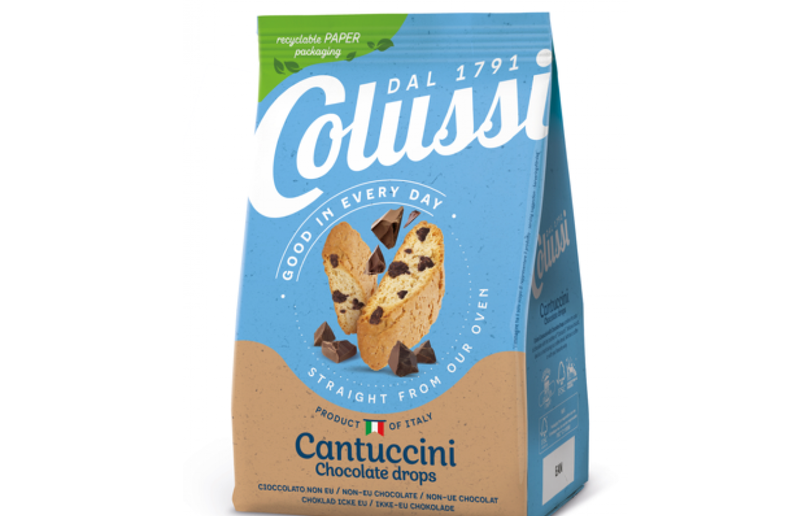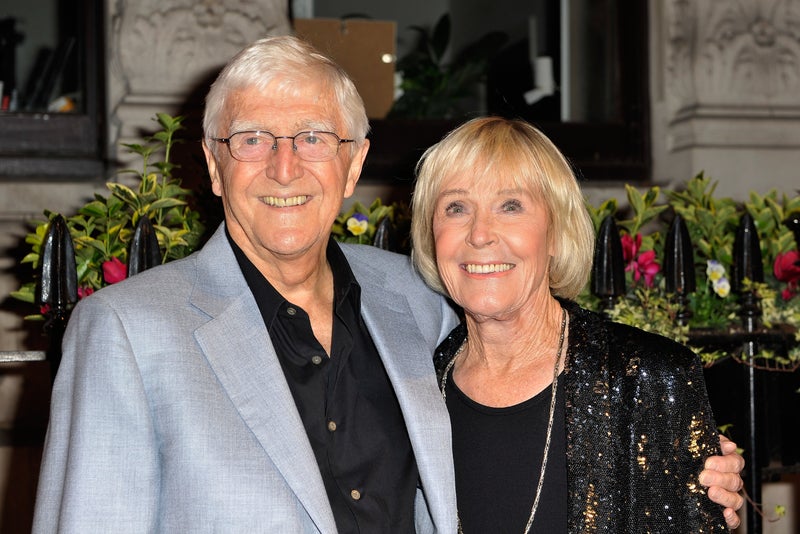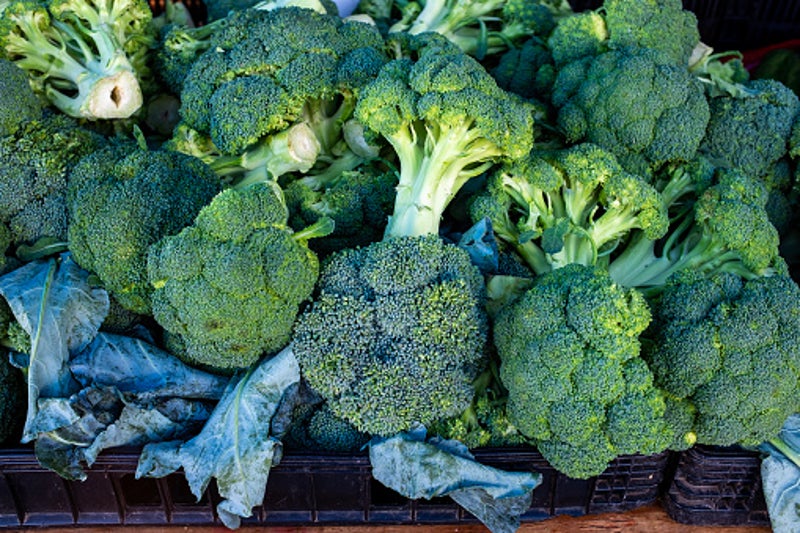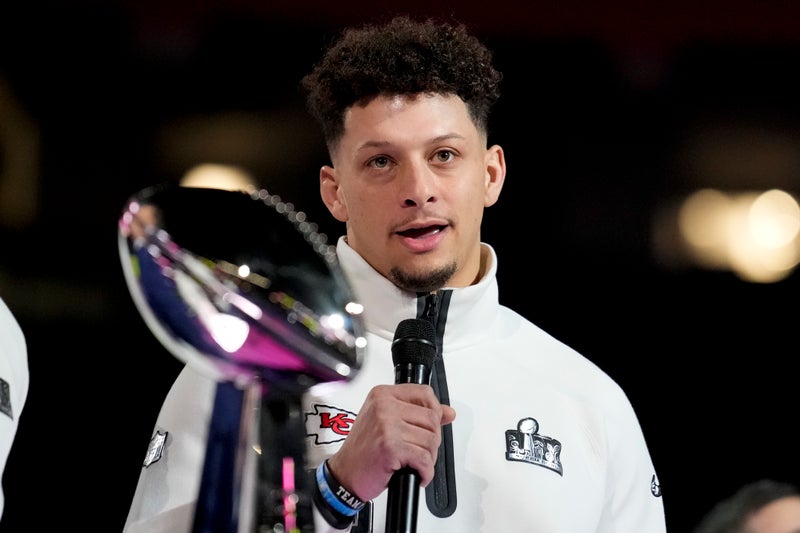In crime-romance novels, female empowerment is heightened. Lisa J. Hackett and Jo Coghlan report on why the genre is so attractive to women. The thrilling, morally dubious world of crime fiction and the emotionally charged realm of romance novels may at first glance seem incompatible. But the blending of these two popular genres makes for compelling reading. Romance novels generated almost US$1.5 billion in revenue in 2022; with 82 per cent of readers being women. Because crime-romance is relatively new, little research exists as to how many readers it specifically attracts, but it’s safe to say its readership is predominantly female. (Women also read more crime fiction than men.).
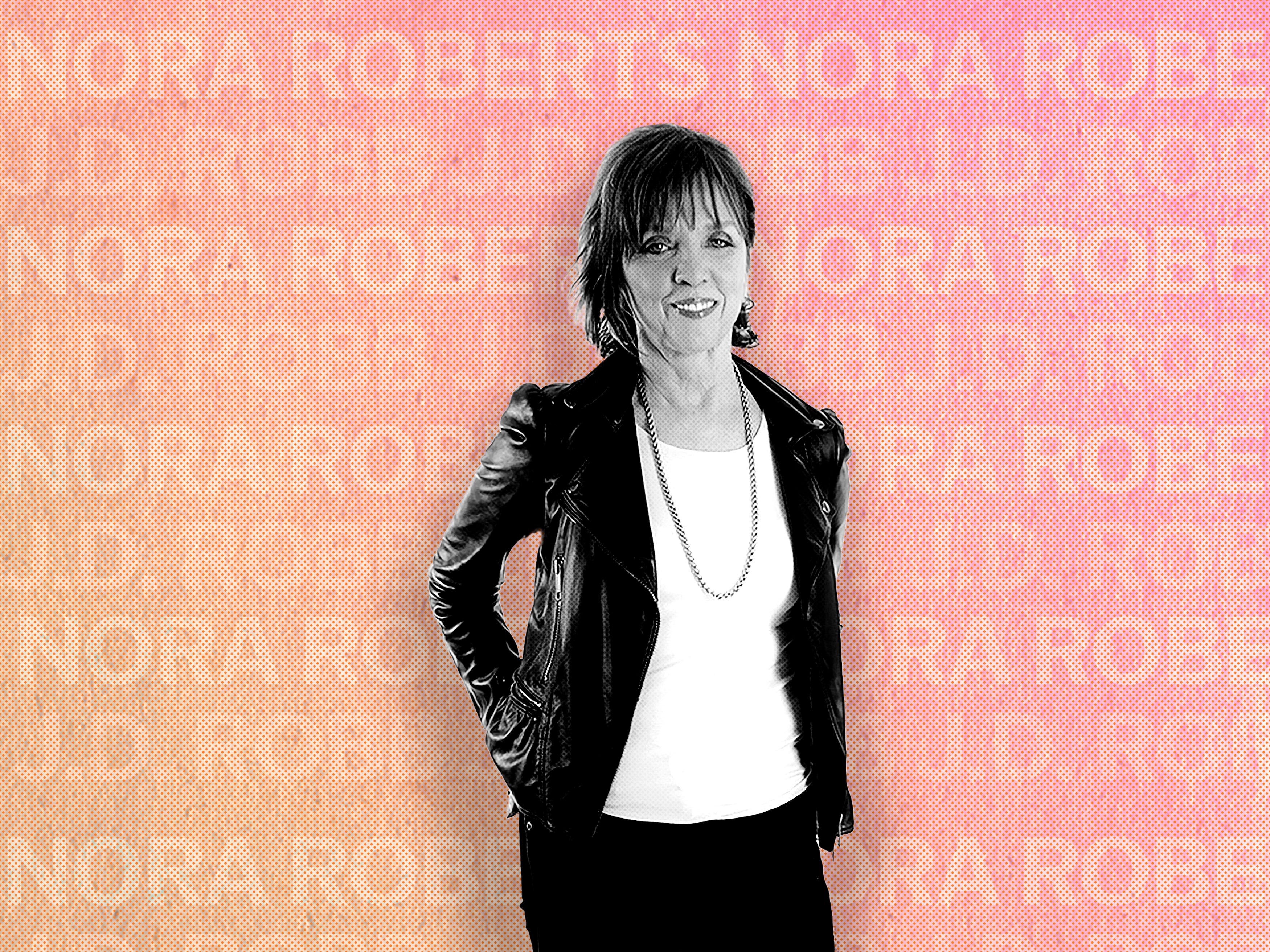
In crime-romance novels, female empowerment is heightened. The heroine often finds herself in perilous situations – sometimes as the target of a killer, a witness to a crime, or as an investigator – but these threats do not define or limit her. Instead, the added layer of romance provides another dimension: she might save herself, take down the villain, connect with someone who deeply understands her, or all three. The dangers she faces magnify the stakes of any romantic involvement. Her bravery is amplified, her vulnerability is authentic, and her triumph doubly sweet.
Though there is a long tradition of novelists combining crime and romance (queen of crime Agatha Christie published six romance novels as Mary Westmacott, and often included romance subplots in her crime fiction), crime-romance novels, marrying a mystery to solve with an emotionally satisfying love story, began to take off in the 1990s. They have become increasingly popular in the last decade. Nora Roberts (also writing as J.D. Robb) is perhaps the most prolific writer of these novels. Roberts has achieved remarkable success with her In Death series of more than 50 books, featuring Eve Dallas, a “feisty” “hardboiled heroine” with a tragic childhood. She is a “tough cop for whom doing the job right and standing up for the dead” is the only reason for existing. Until romance comes along.
Also popular in the crime-romance genre is Janet Evanovich, best known for her bounty-hunter heroine Stephanie Plum. In a series of over 30 books, Plum has numerous relationships, along with flirtations with her on-again-off-again boyfriend, her ex-husband and other bounty-hunters. (Other characters also have various romances.) The Plum novels made crime-romance mainstream. One sub-genre, dark romance, typically features morally complex main characters, exploring themes such as kidnapping, stalking, and often controversial or taboo topics related to relationships and sexuality. Books such as Hooked by Emily McIntire and The Ritual by Shantel Tessier receive hundreds of thousands of reviews by readers online.
We surveyed 233 readers (72 per cent of whom were female) from around the world, including Australia, to explore what’s behind the popularity of crime-romance novels. A key ingredient for many readers was when the romantic leads worked together to solve a crime while simultaneously falling in love. Said one: “I like the bond that takes place between leads who are solving a puzzle together.”. One participant said quite bluntly: “normal romance is too boring”. Another described these books as “more exciting than normal romance. They have some nice suspense and interesting stories.” These responses point to a common criticism of romance novels, that they can be formulaic and repetitive.
Said one person: I don’t like it when romance stories are too sweet and cheesy, so the addition of crime usually makes it more pragmatic and realistic […] instead of rehashing the tropes constantly. The twin jeopardies of the romance and crime narrative arcs lead to a more satisfying experience for the reader. As one respondent said:. Crime is thrilling and evokes my curiosity […] Romance is soft and cute […] Together these genres also balance and enhance each other.
Participants often used the words “excitement” or “thrilling” to explain their interest in the genre. For some it was the crime element that created the thrill, especially when contrasted with their everyday lives, suggesting these books fulfil an important emotional function, allowing readers to experience the danger and intrigue of crime, safely between the covers of a book. Gender is also a factor in understanding why this genre is popular. The majority of serial killers are men. And the majority of their victims are women. Women may be drawn to crime fiction as a way of exploring safety, power dynamics and even justice. Romance readers, in contrast, are often looking for what romance novelist Maya Rodale has described as “entertainment, relaxation, and escape”. Crime-romance offers both experiences.


